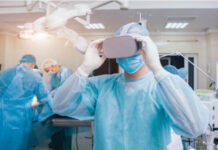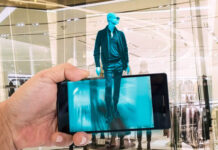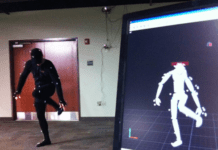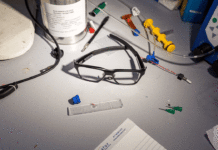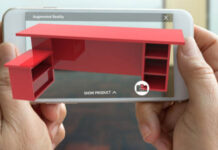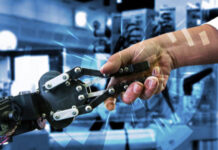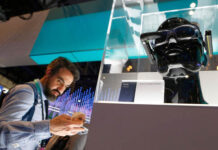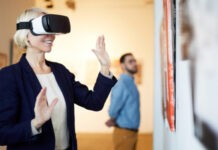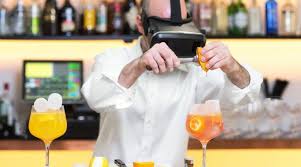
If you have been keeping an eye on tech news then you would have noticed that more and bigger tech companies are sinking their claws into augmented reality technology and incorporating it into wearable devices. It could be the next huge thing in user-end computing. It could change the way businesses carry out daily tasks. We already have many devices that help us organize real-time data like smartwatches but augmented reality devices can offer mobility in spheres in our lives that we haven’t even been thinking about.
The problem that we tend to make is that we put technology into boxes of their own. We think because it is aimed at a certain function that it can only perform that function. This is detrimental to our understanding and development of technology. We either look at augmented reality from an IT point of view or as part of the entertainment industry. Many people have, however, started considering how augmented reality can be applied to the business industry and how it can help them with different sections of their companies. Consider these two cases and let the ideas simmer for a bit.
The first case that shows innovation using augmented technology is a large beverage company that puts coolers, vending machines, and displays in retail stores. They recently started using augmented reality apps on their iPads so that the salespeople can help retail store managers to decide where they would want the products placed in their stores. Usually, there are problems with this sort of thing because if placed in the wrong location it could block foot traffic or displays. The beverage company would then have to send out people to move them. By using the app they can visualize the position of the cooler or the vending machine before committing.

The second case is from Samsung and a restaurant chain, Buffalo Wings and Rings. The company gave Samsung smartwatches to servers and other staff working in the restaurant. This way servers could be notified when the host seated new customers at their tables or when an order was ready. If the servers are unable to tend to the alert, then other servers would be notified and they would jump in. This eliminates the time it takes for servers to run around after waiters and customers get served in no time.
There are, of course, other cases that might seem like a stretch to most people like using virtual reality instead of videos to train new staff. This works even better because new employees often get bored when watching these training videos. These stories are encouraging to companies who want to employ AR into their business environment and it could also lend some motivation to those who are new in the AR tech industry. In cases like these, it is clear that the tip of the AR iceberg has only now been reached and there is still a lot more to explore.
November 15, 2017

